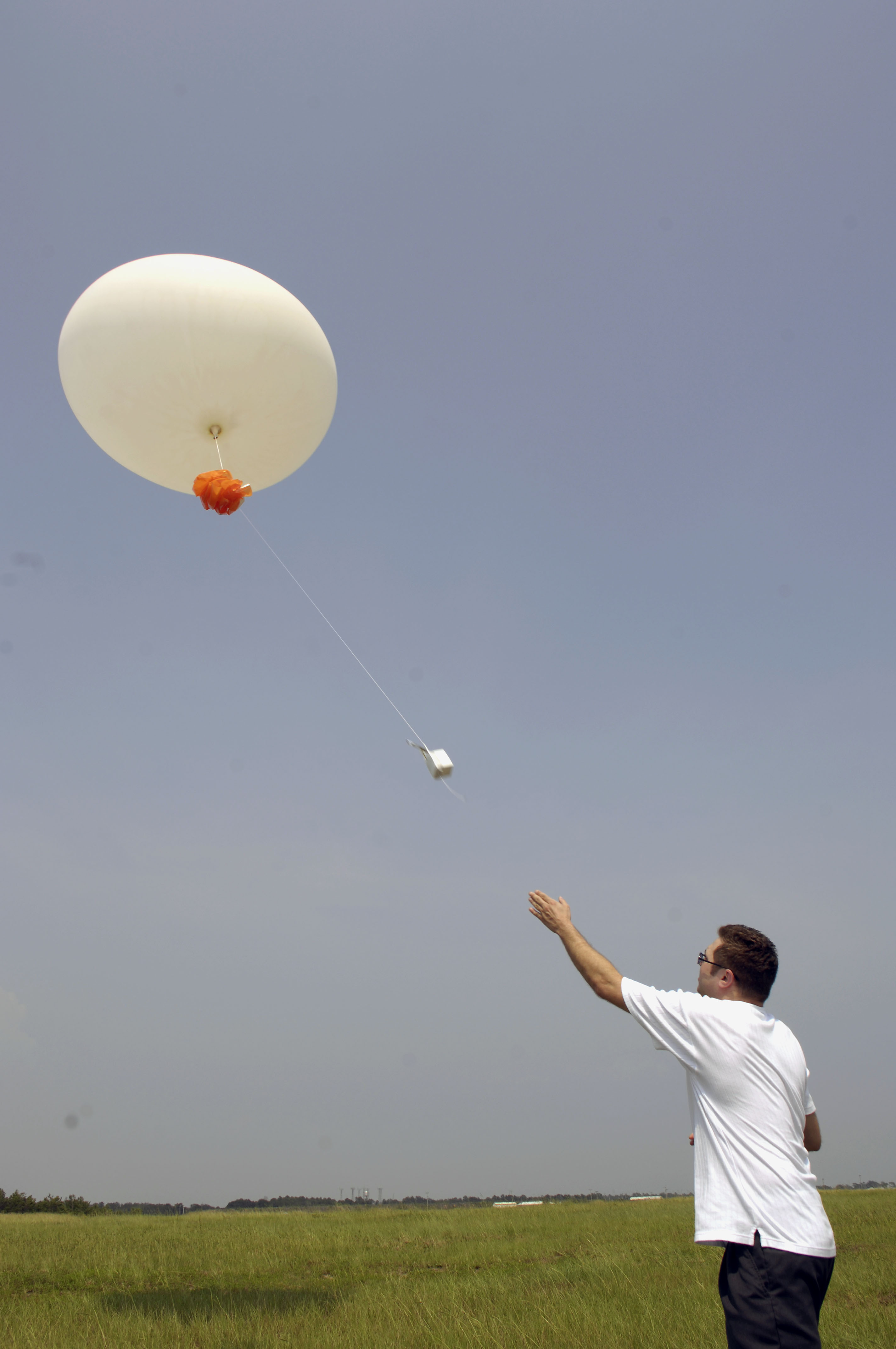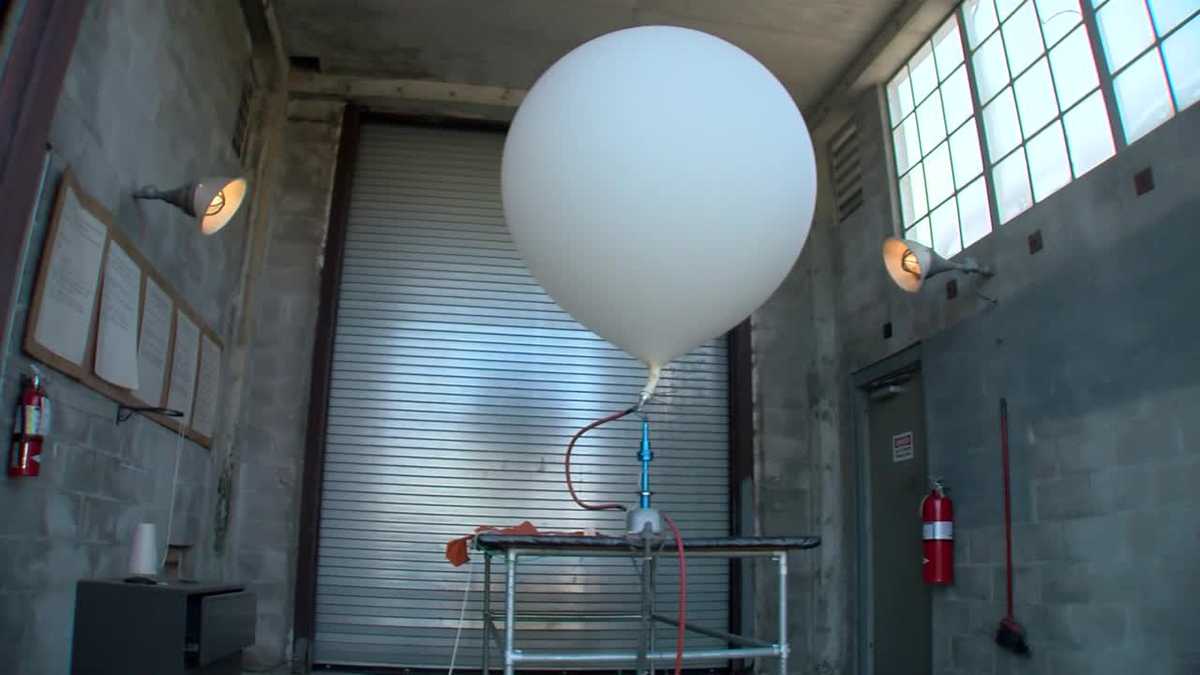Okay, so, I got this idea to use weather balloons for hurricane research. I thought, “Why not?” We always hear about these massive storms, and I wanted to see if I could do something, anything, to get a better understanding of them.

I started with getting my hands on some weather balloons. These things are huge, made of latex, I guess, about 4-5 feet across. I got some string and tied it to these little boxes, or “sondes” as they call them. Inside these boxes, I put some basic sensors to measure temperature, humidity, wind speed, and air pressure. Pretty standard stuff, nothing too fancy.
Then, twice a day, like those guys at the National Weather Service, I launched these balloons. Sometimes, especially when there was a big storm coming, I sent them up more often. I felt like a kid with a new toy, but with a purpose. The balloons would go up, up, up, into the sky, way into the troposphere and even into the stratosphere, I’d watch them until I couldn’t see them anymore.
- Launch the balloon with the sonde attached.
- Track the balloon’s ascent visually as long as possible.
- Monitor the data coming in from the sensors.
As the balloons floated up, my little sensors were working hard, collecting all this data. I was pretty excited, I gotta say. I connected a simple receiver to my computer to get the data from the sondes. I mean, it’s not as cool as Doppler radar or satellites, but it felt more personal, more hands-on.
Data Collection
The data started coming in, and honestly, it was a bit overwhelming at first. But I started making sense of it, creating graphs and charts. The temperature would drop as the balloon got higher, the pressure too. The wind, man, sometimes it was calm, other times it was like a raging beast up there. I started seeing patterns, especially during storms. The humidity levels would spike, the pressure would drop like a rock, and the winds would go crazy.
I kept at it, day in and day out. I even made a little shed in my backyard just for this. My friends thought I was nuts, but I was hooked. I started comparing my data with the official forecasts. Sometimes they matched, sometimes they didn’t. But it was always interesting. I wasn’t trying to compete with the big guys, I just wanted to see if I could get a feel for it myself. I would jot down everything in my notebook, every little detail. I started noticing patterns, like how the air pressure really starts to drop when a hurricane is brewing. It’s like the sky is taking a deep breath before it screams.

After months of doing this, I compiled a decent amount of data. I know it’s not groundbreaking or anything, but I learned a lot. It’s one thing to read about hurricanes, but it’s a whole other thing to collect data on them, even in this simple way. I shared my findings with some online weather communities. Some folks were interested, others not so much. But that’s okay, I didn’t do it for them, I did it for me.
So, yeah, that’s my little weather balloon adventure. It’s not much, but it’s mine. And who knows, maybe one day I’ll upgrade my setup, get better sensors, bigger balloons. But for now, I’m happy with my little backyard project. It’s my way of connecting with those powerful forces of nature, and it’s been one heck of a ride.
